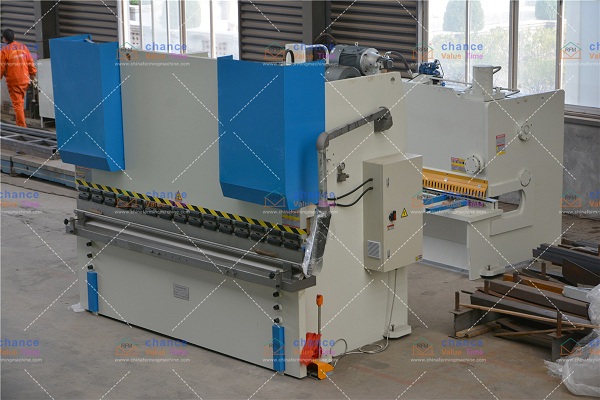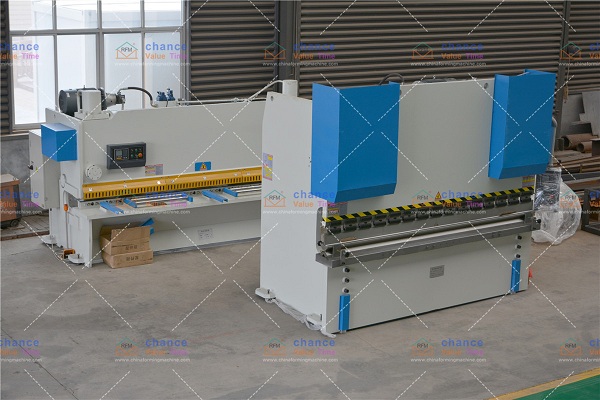Talking about the selection criteria of bending machine
Bending machine is a common machine in our life, and there are many requirements when choosing a bending machine. What are the specifics, let us take a look.
1. Deflection: You also need to think about the deflection that can occur in this machine. Under the same load, the deflection of the 10-foot machine’s task table and slider is four times that of the 5-foot machine. This means that shorter machinery requires less shim adjustments, and you can consume qualified parts. The reduction of shim adjustment has shortened the preparation time.
2. The bending radius of the part: Then, we must focus on the bending radius of the part. When the bending machine adopts free bending, the bending radius is 0.156 times of the opening pitch of the die. In the process of free bending, the opening pitch of the die should be 8 times the thickness of the metal material. For example, when forming a 16 gauge low carbon steel with a 1/2 inch opening pitch, the bending radius of the part is about 0.078 inch.

3. Bending piece side length: One element that people often ignore is the bending side length of the material in front of the bending machine. Assuming a 5-gauge 10-gauge low-carbon steel plate bent 90°, the bending machine must be rated to apply 7.5 tons of pressure-resistant steel plate to jack up, and the operator must prepare for a 280-pound straight edge drop preparation.
4. Workpiece: The main thing worth considering is the parts you want to consume. The main point is to set up a machine that can complete the processing obligations and the task table is short and the number of tons is small. Carefully consider material trademarks and the thickness and length of large processing. Assuming that most tasks are low-gauge steel with a thickness of 16 gauge and a large length of 10 feet, the free bending force need not be greater than 50 tons.
5. Moulds: Even if you have full racks of molds, do not think that these molds are suitable for newly purchased machinery. It is necessary to reflect on the wear of each mold by measuring the length from the front end of the punch to the shoulder and the length between the shoulder of the die.







